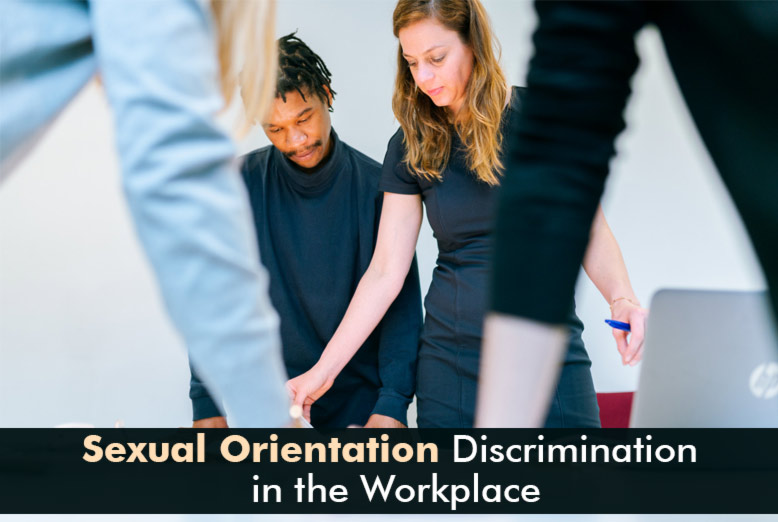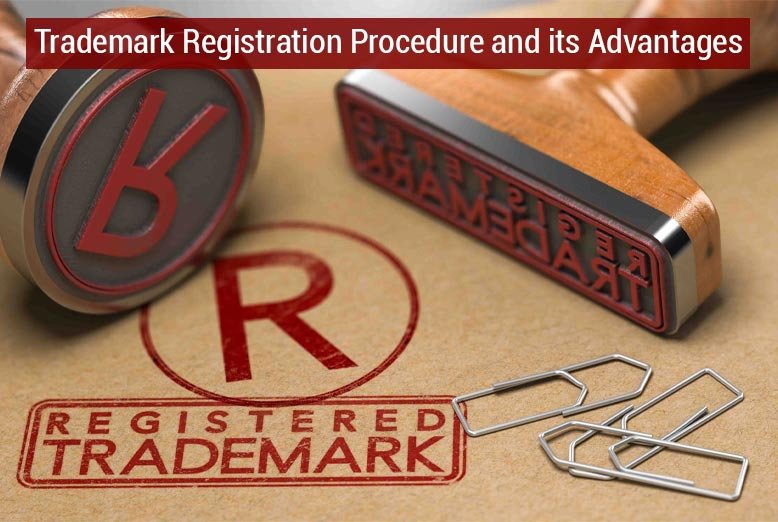Sexual orientation discrimination in the workplace remains a significant challenge for many LGBTQ+ individuals. It affects everything from hiring and promotion to daily interactions and career advancement. This discrimination can create a hostile environment. Additionally, it can lead to emotional distress and missed opportunities.
While laws have strengthened protections for LGBTQ+ employees, many still experience prejudice and unfair treatment. Consulting with an experienced LGBT discrimination lawyer can be essential for understanding one’s rights and navigating the legal system to address instances of discrimination.
In this article, we will cover everything you need to know about sexual orientation discrimination in the workplace. Read on!
What is Sexual Orientation Discrimination?
Sexual orientation discrimination in the workplace involves unfair treatment based on an individual’s actual or perceived sexual orientation. It includes lesbian, gay, bisexual, and heterosexual orientations.
This form of discrimination affects employment opportunities and conditions. It leads to adverse actions like unjust terminations, denial of promotions, and exclusion from workplace benefits. Sexual orientation discrimination can also appear in more subtle forms, such as unfavorable performance reviews and exclusion from team activities or social opportunities.
Harassment, including derogatory remarks, offensive jokes, or unwanted advances, contributes to a hostile work environment. It impacts employees’ mental well-being and job satisfaction.
Common Types of Sexual Orientation Discrimination
Sexual orientation discrimination can take multiple forms in the workplace. Here are the common types:
- Direct Discrimination: This occurs when an employee is treated unfairly because of their actual or perceived sexual orientation. For example, if a qualified candidate is denied a job or promotion solely based on their sexual orientation, it is considered direct discrimination.
- Indirect Discrimination: Indirect discrimination happens when company policies apply to all employees but disadvantage a particular group based on sexual orientation. An example is a company benefit program that unintentionally excludes same-sex partners.
- Harassment: Harassment includes unwelcome conduct or remarks about an employee’s sexual orientation that creates a hostile work environment. This might involve derogatory jokes, slurs, or persistent unwanted comments that make the workplace intimidating or offensive.
- Victimization: Victimization occurs when an employee is mistreated because they filed a complaint about discrimination or supported someone else’s complaint. Retaliation, such as denial of opportunities or increased scrutiny, often discourages employees from reporting discriminatory practices.
- Associative Discrimination: This form of discrimination targets individuals associated with someone of a particular sexual orientation, such as a friend or family member. For instance, an employee may face negative treatment simply due to their relationship with an LGBTQ+ individual, even if they don’t identify as LGBTQ+ themselves.
What the Law Says About Sexual Orientation Discrimination
The law prohibits workplace discrimination based on sexual orientation under Title VII of the Civil Rights Act, as affirmed by the U.S. Supreme Court in Bostock v. Clayton County. This ruling interprets discrimination “because of sex” to include sexual orientation and gender identity. This makes it illegal to treat employees unfairly due to these characteristics.
Additionally, many states and localities have their own anti-discrimination laws that provide further protections. The Equal Employment Opportunity Commission (EEOC) enforces federal anti-discrimination provisions. This includes retaliation protections for employees who report such discrimination.
Final Take
Creating an inclusive and fair workplace free from sexual orientation discrimination requires proactive measures from both employers and employees.
Employers should establish clear anti-discrimination policies, provide comprehensive training on inclusivity, and enforce zero tolerance for any discriminatory behavior. Encouraging open communication, offering support for reporting incidents, and addressing complaints promptly contribute to a respectful work environment.
Employees, on their part, should familiarize themselves with their rights and report discriminatory actions without fear of retaliation. Together, these efforts help foster a workplace culture where every individual feels valued and respected. They promote both team morale and organizational success.Sexual orientation discrimination in the workplace remains a significant challenge for many LGBTQ+ individuals. It affects everything from hiring and promotion to daily interactions and career advancement. This discrimination can create a hostile environment. Additionally, it can lead to emotional distress and missed opportunities.
While laws have strengthened protections for LGBTQ+ employees, many still experience prejudice and unfair treatment. Consulting with an experienced LGBT discrimination lawyer can be essential for understanding one’s rights and navigating the legal system to address instances of discrimination.
In this article, we will cover everything you need to know about sexual orientation discrimination in the workplace. Read on!
What is Sexual Orientation Discrimination?
Sexual orientation discrimination in the workplace involves unfair treatment based on an individual’s actual or perceived sexual orientation. It includes lesbian, gay, bisexual, and heterosexual orientations.
This form of discrimination affects employment opportunities and conditions. It leads to adverse actions like unjust terminations, denial of promotions, and exclusion from workplace benefits. Sexual orientation discrimination can also appear in more subtle forms, such as unfavorable performance reviews and exclusion from team activities or social opportunities.
Harassment, including derogatory remarks, offensive jokes, or unwanted advances, contributes to a hostile work environment. It impacts employees’ mental well-being and job satisfaction.
Common Types of Sexual Orientation Discrimination
Sexual orientation discrimination can take multiple forms in the workplace. Here are the common types:
- Direct Discrimination: This occurs when an employee is treated unfairly because of their actual or perceived sexual orientation. For example, if a qualified candidate is denied a job or promotion solely based on their sexual orientation, it is considered direct discrimination.
- Indirect Discrimination: Indirect discrimination happens when company policies apply to all employees but disadvantage a particular group based on sexual orientation. An example is a company benefit program that unintentionally excludes same-sex partners.
- Harassment: Harassment includes unwelcome conduct or remarks about an employee’s sexual orientation that creates a hostile work environment. This might involve derogatory jokes, slurs, or persistent unwanted comments that make the workplace intimidating or offensive.
- Victimization: Victimization occurs when an employee is mistreated because they filed a complaint about discrimination or supported someone else’s complaint. Retaliation, such as denial of opportunities or increased scrutiny, often discourages employees from reporting discriminatory practices.
- Associative Discrimination: This form of discrimination targets individuals associated with someone of a particular sexual orientation, such as a friend or family member. For instance, an employee may face negative treatment simply due to their relationship with an LGBTQ+ individual, even if they don’t identify as LGBTQ+ themselves.
What the Law Says About Sexual Orientation Discrimination
The law prohibits workplace discrimination based on sexual orientation under Title VII of the Civil Rights Act, as affirmed by the U.S. Supreme Court in Bostock v. Clayton County. This ruling interprets discrimination “because of sex” to include sexual orientation and gender identity. This makes it illegal to treat employees unfairly due to these characteristics.
Additionally, many states and localities have their own anti-discrimination laws that provide further protections. The Equal Employment Opportunity Commission (EEOC) enforces federal anti-discrimination provisions. This includes retaliation protections for employees who report such discrimination.
Final Take
Creating an inclusive and fair workplace free from sexual orientation discrimination requires proactive measures from both employers and employees.
Employers should establish clear anti-discrimination policies, provide comprehensive training on inclusivity, and enforce zero tolerance for any discriminatory behavior. Encouraging open communication, offering support for reporting incidents, and addressing complaints promptly contribute to a respectful work environment.
Employees, on their part, should familiarize themselves with their rights and report discriminatory actions without fear of retaliation. Together, these efforts help foster a workplace culture where every individual feels valued and respected. They promote both team morale and organizational success.
Also Read: What is Training and Development in HRM [Updated 2024]













